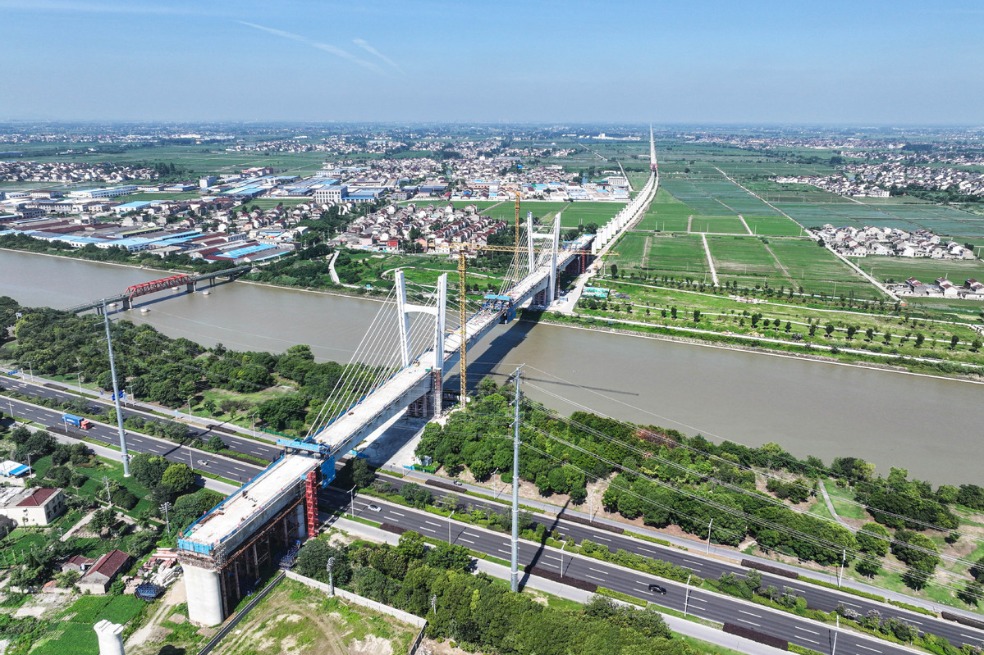China's space-based solar camera publishes data on solar atmosphere

BEIJING -- A China-developed space-borne solar camera studying the solar transition region released its first group of scientific data on Wednesday.
The 46.5-nanometer extreme-ultraviolet imager or Solar Upper Transition Region Imager (SUTRI), mounted on SATech 01 satellite, was launched into space on July 27, 2022, from the Jiuquan Satellite Launch Center in Northwest China by a Lijian 1 carrier rocket.
SUTRI is the first solar imager in the world to work at a wavelength of 40 to 110 nanometers based on a multilayer narrow-band filtering technique, according to the National Astronomical Observatories of China under the Chinese Academy of Sciences.
The device is capable of taking full-disk dynamic pictures of solar regions between the solar chromosphere and corona, thus building a key bridge for solar scientists for the lower atmosphere and higher one on the sun.
Starting operation on Aug 30, 2022, SUTRI obtained over 200,000 pictures within four months. The data released in its first group were acquired between Sept 5 to Nov 5 last year.
Now, the device in orbit is in good working order and is expected to produce more data.
- From rickety bikes to automated strollers, modernization transforms county
- Youths urged to maintain firm ideals, deepen innovation
- Lai condemned for citing 'threats' to call for hiking 'defense' spending
- Govt to soon allow private cars to enter Hong Kong from Guangdong
- Zhangjiajie National Forest Park emerges after rain like a fairyland
- Shanghai summer kicks off with 'Easy Go'





































